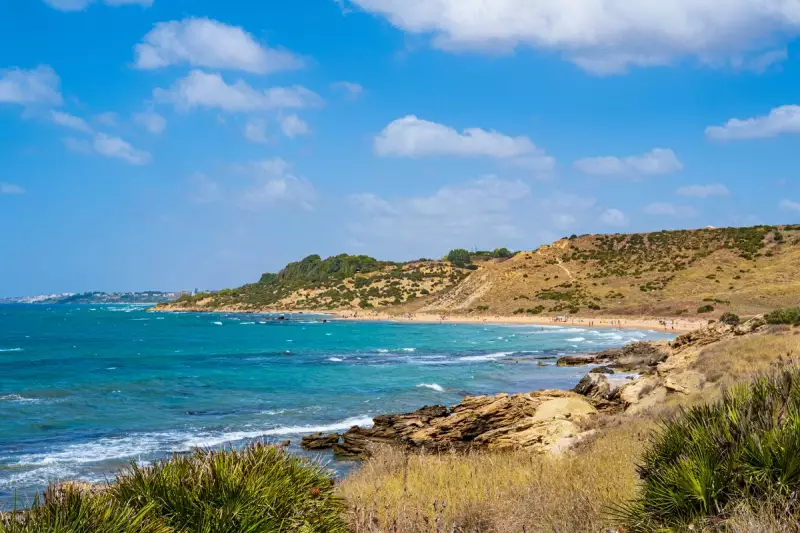
Italy's decades-old dream of building a bridge across the Messina Strait to connect Sicily with the Calabrian mainland has encountered yet another hurdle—skyrocketing costs that could derail the controversial project entirely.
The latest estimates suggest the ambitious infrastructure endeavour would now require a staggering €13.5 billion (£11.6 billion), nearly triple the initial projections. This dramatic cost escalation comes as the Italian government re-examines the technical and financial feasibility of what would be one of Europe's most challenging engineering projects.
A Project Shrouded in Controversy
First conceived in the 1960s, the Messina Strait bridge proposal has been repeatedly shelved and revived by successive governments. Proponents argue it would boost Sicily's economy by improving transport links with mainland Italy, while critics question both its necessity and environmental impact on this earthquake-prone region.
The current design envisions a single-span suspension bridge stretching 3.3km between Villa San Giovanni in Calabria and Messina in Sicily. If completed, it would surpass Japan's Akashi Kaikyō Bridge as the world's longest suspension bridge.
Mounting Financial and Technical Concerns
Transport Minister Matteo Salvini, a vocal supporter of the project, recently acknowledged the ballooning budget but insisted the bridge remains "strategically important" for Italy's infrastructure. However, opposition politicians and environmental groups have seized on the new cost estimates as evidence the project should be abandoned.
Technical challenges include:
- The bridge would need to withstand frequent seismic activity in the region
- Strong currents and deep waters in the Messina Strait complicate construction
- Environmental impact on marine ecosystems remains a major concern
With Italy already grappling with high public debt, the financial viability of the project is under intense scrutiny. Some analysts suggest upgrading existing ferry services between Sicily and the mainland might represent better value for money.
What Comes Next?
The Italian government is expected to make a final decision on whether to proceed with the project later this year. While the bridge enjoys support from some business groups and construction firms, its future appears increasingly uncertain as costs continue to rise and alternative infrastructure priorities emerge.
For now, the dream of driving between Sicily and mainland Italy remains just that—a dream mired in financial and political complexities.





